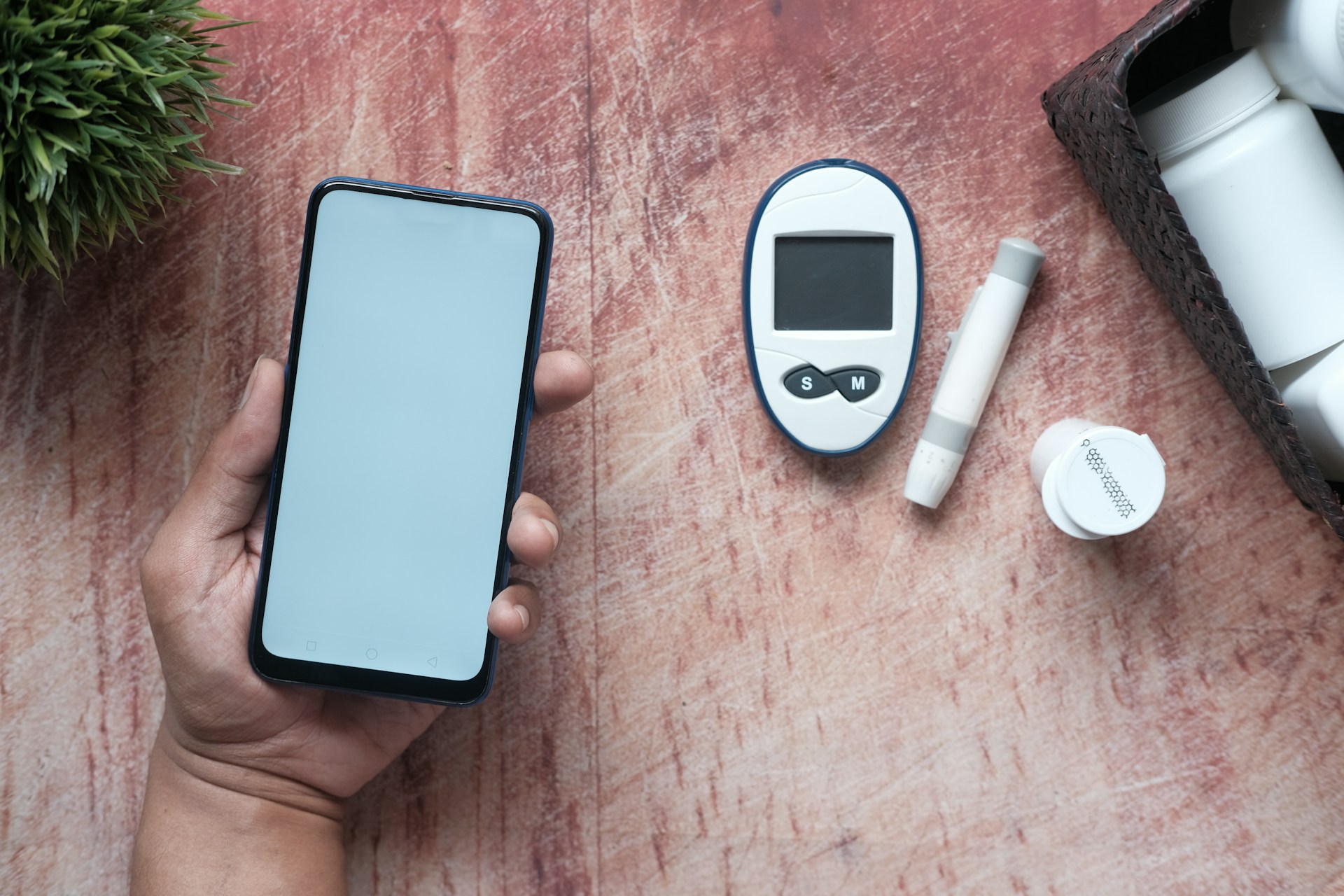
Navigating the complexities of diabetes care is like operating a sophisticated piece of machinery; ignore the maintenance, and the system fails. One of the most critical areas to keep an eye on is your feet. Foot wounds, or ulcers, are common but preventable complications of diabetes. The question becomes not if, but when, you, as a diabetic patient, should seek foot wound care.
Consequently, it’s imperative to know the subtle indicators that your feet may be in danger. Here are ten red flags you should never overlook.
Persistent High Blood Sugar Levels
For those with diabetes, high blood sugar is the ticking time bomb for foot complications. Over time, it damages the nerves and the circulatory system, leading to diabetic neuropathy and peripheral arterial disease. If your usual blood glucose control suddenly becomes unpredictable or consistently high, it’s time to assess your foot wound care regimen.
Numbness or Tingling
Diabetic neuropathy often manifests as a tingling sensation or numbness in the extremities. The sensation may be minor at first, but it can progress to the point where an unnoticed blister or sore becomes a profound wound. Regularly monitoring your feet for any changes in sensation is crucial.
Aching Feet or Legs
Persistent aches in your feet or legs aren’t just a sign of fatigue; they can be an indication of impaired blood flow, which is common in diabetics. This lack of oxygen-rich blood in your feet hinders the body’s natural healing process and raises the risk of developing ulcers.
Foot Deformities
Deformities, such as bunions or hammertoes, often mean pressure points are being unequally distributed across your foot. These zones are more prone to calluses and ulcers, as the skin and tissue undertake unbalanced weight-bearing, making them ‘hot spots’ for potential wounds.
Persistent Swelling
Swelling, or edema, can be a sign of several issues, such as venous insufficiency or infections. In the case of diabetes, it could be indicative of peripheral artery disease, which necessitates immediate evaluation to prevent further complications.
Minor Cuts and Scrapes That Take a Long Time to Heal
Your body’s ability to battle infection and repair tissue diminishes with prolonged exposure to high blood sugar. If you notice that minor injuries on your feet are slow to heal, you should consult a podiatrist or a wound care professional to facilitate the recovery process.
The Development of Calluses
Calluses are the body’s natural reaction to repeated pressure and friction, often indicating that the shoes are not fitting properly or the gait is incorrect. If left unmanaged, calluses can become open sores, particularly if they are located over bony prominences.
Change in Skin Color or Temperature
The skin’s color can communicate a lot about the foot’s health. Any significant color change, such as pale, red, or blue, along with temperature variances compared to a healthy foot, should prompt an examination by a medical professional.
Foul Odor From Feet
While not always the case, a bad smell coming from your feet can be an early sign of an infection. And with diabetes, the need for prompt intervention is even greater because the immune system’s response is usually compromised.
Difficulty Walking Normally
Pain when walking, or a shift in gait to favor one foot over another, is a clear signal that all is not well. This alteration in walking patterns can lead to further complications, pressure sores, and increased risks of falls.
Understanding the signs that you need diabetic foot wound care could be the line between prevention and intervention. Regular foot checks and proactive action are your best allies in maintaining healthy feet. Even if just one flag goes up, it’s time to pick up the phone and make an appointment with a specialist. After all, in diabetic care, it’s often the smallest details that hold the most considerable weight.

